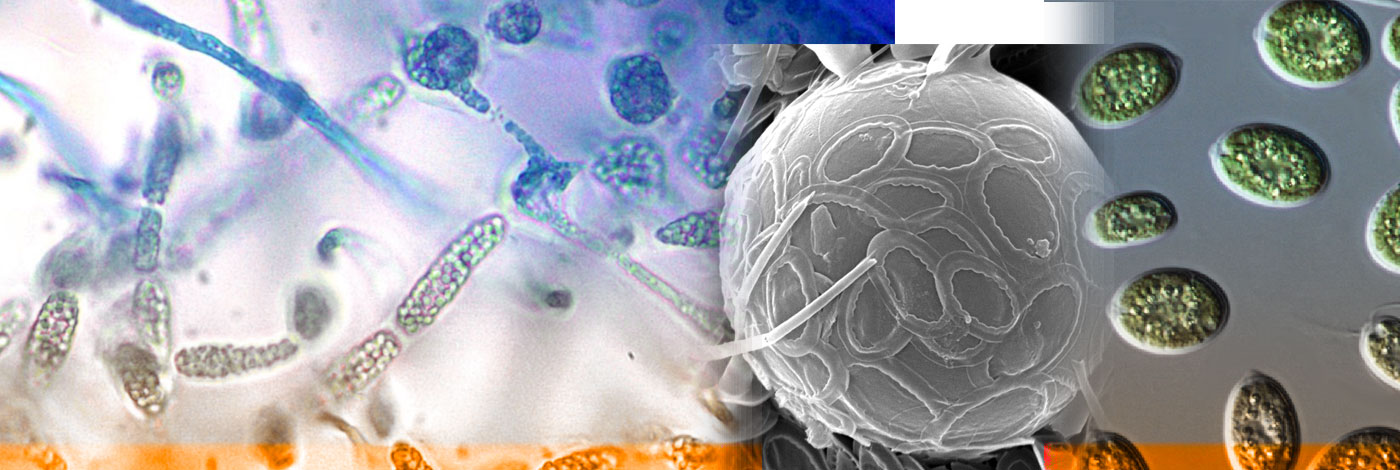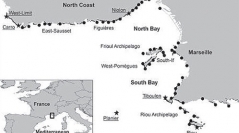

 Cryptogamie, Algologie
37 (4) - Pages 233-255
Cryptogamie, Algologie
37 (4) - Pages 233-255The brown alga Cystoseira amentacea (Phaeophyceae, kingdom Stramenopiles) constitutes an extensive belt in the shallowest horizon of the infralittoral (the infralittoral fringe), in the Mediterranean Sea. Hydrodynamic modelling was used to infer connectivity between populations of C. amentacea of the Bay of Marseille (Provence, France, NW Mediterranean) and to test the correlation between genetic and hydrodynamic connectivity. We genotyped 183 individuals from six populations at six microsatellite loci. Current fields were computed at a fine resolution by a 3D numerical model simultaneously utilizing the local winds, the Rhone River inputs and offshore circulation. The Lagrangian trajectories of the propagules (zygotes, or rafts) were computed with the ICHTHYOP software, for both NW and SE strong wind forcing (11-12 m⋅s–1). Cystoseira amentacea displayed a strong and significant genetic structure, not correlated with the geographic distance, i.e. a lack of isolation by distance (IBD). The pairs of sites with the lowest FST were those connected by the current patterns. The time needed for a zygote or a raft to travel from one location to another ranged from 4 to 18 h (i.e. within the survival time of a zygote) and for distances of up to 23 km. Despite the very low dispersal capability of the zygotes, long-distance dispersal is therefore possible. Several non-exclusive processes can account for the genetic structure of C. amentacea populations, such as step-by-step local dispersal, long-distance dispersal of zygotes and rafts by currents, during storms, and the “priority effect”, i.e. the importance of the timing of arrival of the propagules.